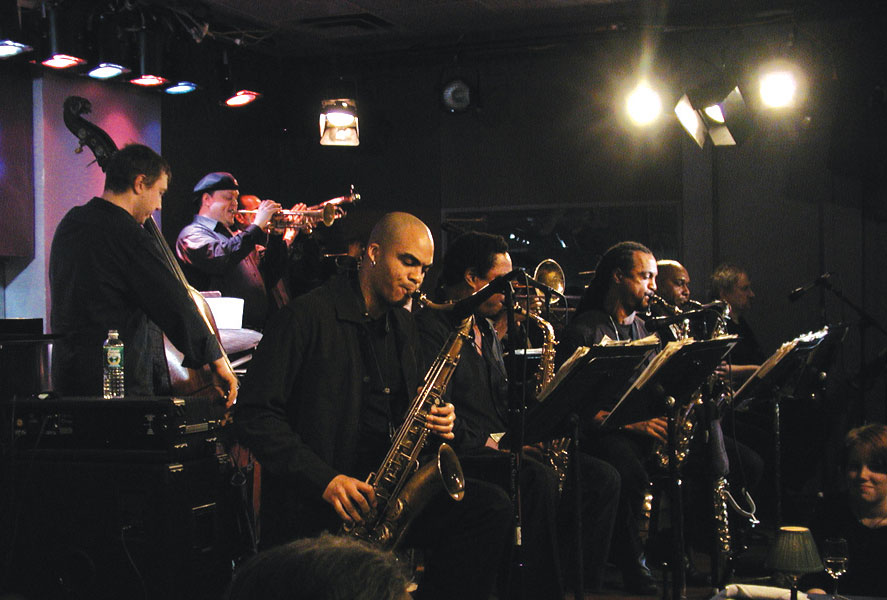

When otters disappear, sea urchins take over, and the kelp disappears along with all of the creatures that live in the beds. When they are present, kelp beds are thick and healthy, providing homes for an array of sealife. Sea otters are a keystone species in coastal areas, feeding on sea urchins, clams, crab, and other crustaceans. Only now, nearly a century after hunting ceased, are populations showing stable growth in some places. Once hunted for their prized fur during the 1700s and 1800s, these animals nearly went extinct. These adorable, furry marine mammals-often seen floating on their backs holding hands-reveal the health of the coastal ecosystem along the Pacific Ocean. Here is the epic story of the long search to understand the tide from Aristotle, to Galileo and Newton, to classic literary portrayals of the tide from Shakespeare to Dickens, Melville to Jules Verne.Ī science journalist's journey along the Pacific Coast from California to Alaska to track the status, health, habits, personality, and viability of sea otters-the appealing species unique to this coastline that was hunted to near extinction in the 18th and 19th centuries. In The Tide, celebrated science writer Hugh Aldersey-Williams weaves together centuries of scientific thinking with the literature and folklore the tide has inspired to explain the power and workings of this most remarkable force. But the tide rises and falls according to rules that are a mystery to almost all of us. Half of the world’s population today lives in coastal regions lapped by tidal waters. The Tide: The Science and Stories Behind the Greatest Force on Earth However, music is the driving force of But Beautiful, and wildly metaphoric prose that mirrors the quirks, eccentricity, and brilliance of each musician's style. Drawing on photos, anecdotes, and, most important, the way he hears the music, Dyer imaginatively reconstructs scenes from the embattled lives of some of the greats: Lester Young fading away in a hotel room Charles Mingus storming down the streets of New York on a too-small bicycle Thelonious Monk creating his own private language on the piano. In eight poetically charged vignettes, Geoff Dyer skillfully evokes the music and the men who shaped modern jazz. "May be the best book ever written about jazz."-David Thomson, Los Angeles Times \> I tried to compile the rest of the books. Here's a list of jazz songs most students learn early on: Here's a book that I think explains walking basslines pretty well, and another one if you're interested in soloing. Start with just the root notes and later add the 3rds and 5ths. Then buy a real book and start attempting to follow along with the changes. Check youtube, there's a ton of good tutorials if you don't know them yet. Afterwards, learn your major, minor, dorian, and mixolydian scales/modes.

this subreddit is geared more towards jazz listeners and may not have that many musicians.
MOANIN NEW SMARTMUSIC MINGUS HOW TO
However, even better would be the Bert Ligon books, because they go into more detail about how to actually put it into practice:Ĭomprehensive Technique for Jazz Musicians The best general jazz chord-scale theory text I've seen (I've seen them all) is probably the Berklee book, Here's a playlist of Galper's masterclass videos: They are at the forefront of Jazz Education and their material is a rite of passage for beginning jazz musicians. I urge you to check out Hal Galper and Mike Longo's books/videos. use the lessons and exercises because you have to know the basics of reading and memorize the key signatures, etc. Learn how to use google site search to search those forums for topics that you're currently working on.


 0 kommentar(er)
0 kommentar(er)
